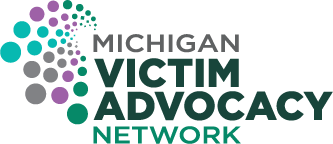Guiding Principals for Agencies Serving Survivors of Human Trafficking
This framework is to guide and evaluate agencies providing services to victims of human trafficking. Peer-reviewed by OVC, there are sections of the guide that specifically addressed being trauma informed and victim centered.











